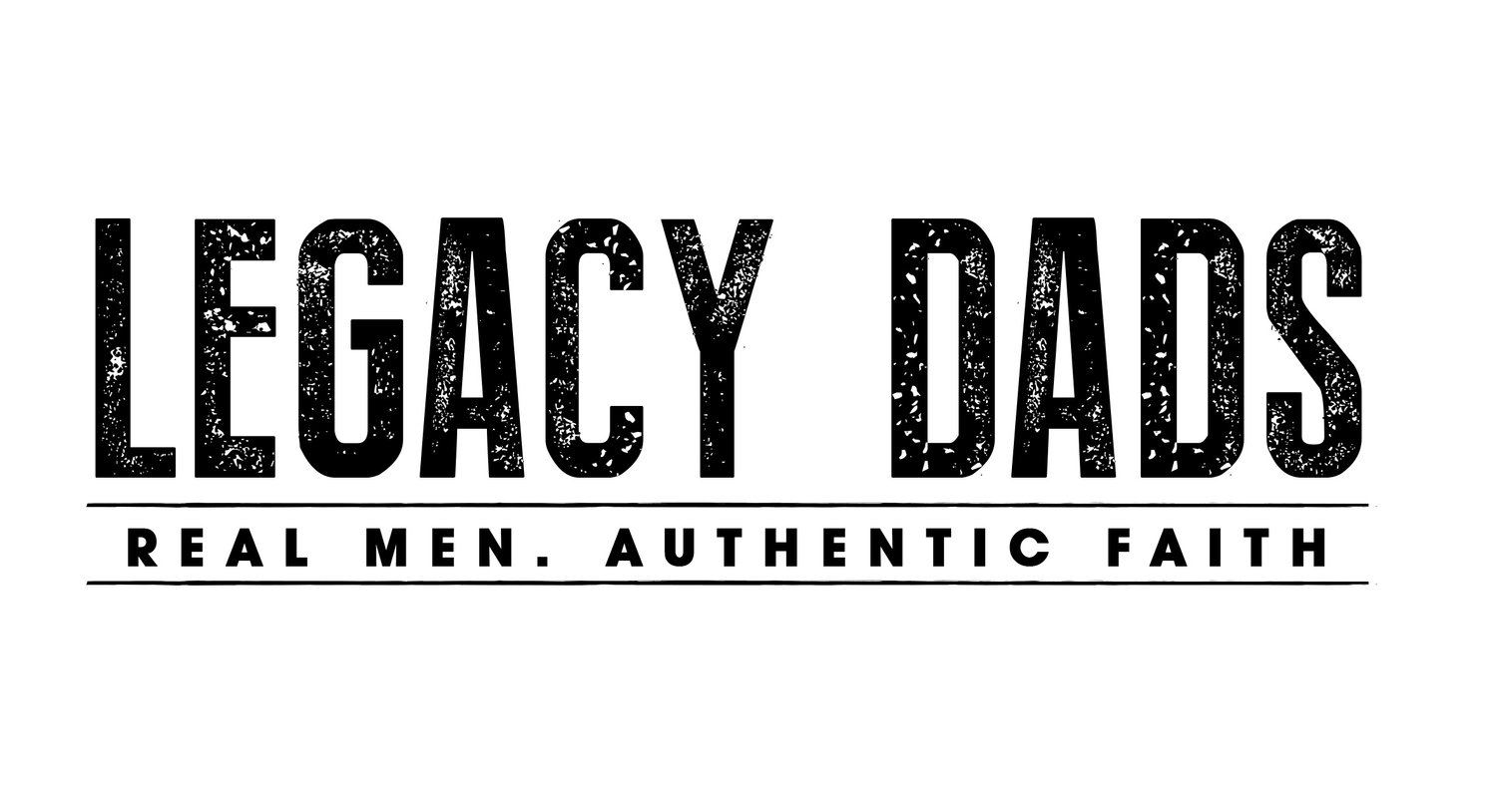I promote the idea of attaining financial literacy andwealth, now please understand that I believe God gives us everything and cantake it away. We also cannot take itwith us but does that mean we are not good stewards of what God has blessed uswith in the interim?
“So if you have not been trustworthy in handling worldlywealth, who will trust you with true riches?” Luke 16:11
I build wealth for the sole purpose of having control overmoney in my life and using it for good causes and to eventually retire youngand have the time and resources to commit my life to worthy organizations andcauses.
I teach my kids these same principles not because I hopethey will become rich and famous someday, but for the sole fact that I wantthem to have a working knowledge of finances and how to be in control of themrather than money controlling their lives.
I read countless stories of Christians and Non-Christiansstruggling with money, debt and not knowing how to get out of the situation, soI choose to educate my children from an early age to be in control of money,manage it properly and use it for good.
“The wise have wealth and luxury, but fools spend whateverthey get.” Proverbs 21:10 (NLT)
When my children were around 5 years old, we implemented a specialteaching tool in our household, the 3 Jars. The 3 Jars are 3 large pickle jars that sit in our children’s room; eachone is labeled for its purpose. Charity,Investing, and Spending. Our childrenare given $5 per week to manage. Fromthis $5, one dollar or 20% goes to charity, two dollars or 40% go to investingand two dollars go into spending. Theyalso split all money received from birthdays, Christmas, grandparents, etc inthis same way.
The charity money goes to church, church functions, youthgroups and even homeless or poor people. From an early age, my kids understand that giving is a part of the moneyprocess and that all this money is really God’s in the first place so we needto give it back to causes that support God’s work.
“Honor the LORD with your wealth, with the firstfruits ofall your crops” Proverbs 3:9
The investing money sits until it accumulates to around $100and then it is placed in my children’s investing account, this is then matchedby my wife and I similar to what a 401k does. I place the money in investments and sometimes the kids also researchinvestments and decide whither to invest in them or not. They are learning from an early age theprocess of investing and compounding interest. Last week my kids made a paperprofit of $1000 in their accounts from a stock I selected, my son said hementioned it at school to some of his friends but none of them believedhim. However, we were practicing math ina food court a few nights ago and I asked my son “What would be a good returnon investment?” My son replied “20% ROI” A couple sitting next to us overheard it and were amazed, they also said some encouraging comments to my son. The amazing part is not what my son said, butthat an 8 year old understands a financial concept that most adults do not.
“A good man leaves an inheritance for his children'schildren, but a sinner's wealth is stored up for the righteous.” Proverbs 13:22 (NIV)
The final jar is spending. Once a month we have spending day, the kids can take their money and buyanything they want or they can decide to save that money until the next months spending day to buy something bigger or more expensive.
Since we have introduced this concept we have seen amazingresults. Our childrenunderstand giving and charity and often come up with their own ideas on how togive to charity. Our children understandthat investing money and getting a return is a smart way to make money work foryou rather than against you. They arealso learning delayed gratification, that if you want to buy something, you mayhave to wait until you have all the money to purchase it. These simple skills will be ingrained in themfor their entire lives as a result of the 3 Jars. Most adults I meet with financial problemshave not learned the lessons of the 3 Jars which is why they arestruggling.
The next step for our children will be getting their owncheckbook (at age 9) that requires a parent also sign the check. We will place money in their checking accountand then they will have to buy items like school clothes, shoes, school itemsand other relevant purchases. The ideahere is that the kids will have to decide, "Do I spend all my money on a $100 pair of Air Jordan’s?" Or do I buy a morepractical pair and also buy some new pants and shirts?
Financial education is not taught in schools, it is taughtin the home. It is up to the parent toset the example in all areas including money.
What example are you setting?
Doyou tithe and give to charities?
Are you investing regularly?
Are we delaying gratification or buying that new gadget on credit?
Whatever example you set in your home, yourchildren will take with them the rest of their lives. While the 3 Jars do not guarantee yourchildren will not face financial struggles, it does give them a foundationbased on biblical principles to understand how to face those financialstruggles.
“Direct your children onto the right path, and when they areolder, they will not leave it.” Proverbs22:6 (NLT)
The chart below gives you an idea of what is possible in theinvesting column using this 3 Jar method.


